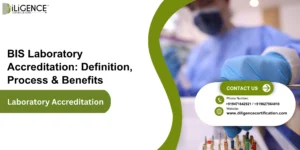



End-to-end certification and regulatory compliance for Indian and global markets.
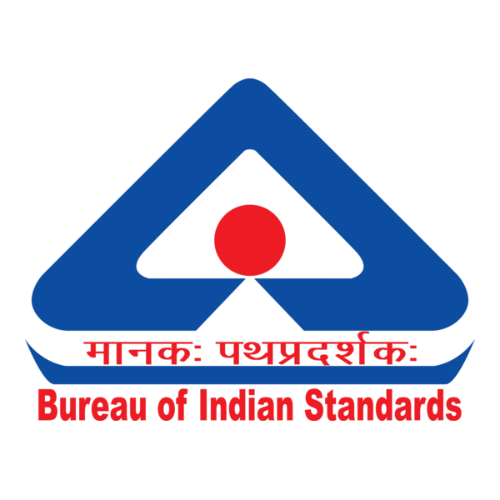 BIS Certification
BIS Certification
 CDSCO
CDSCO
 CPCB
CPCB
 LMPC
LMPC
 WPC Approval
WPC Approval
 Global Approvals
Global Approvals
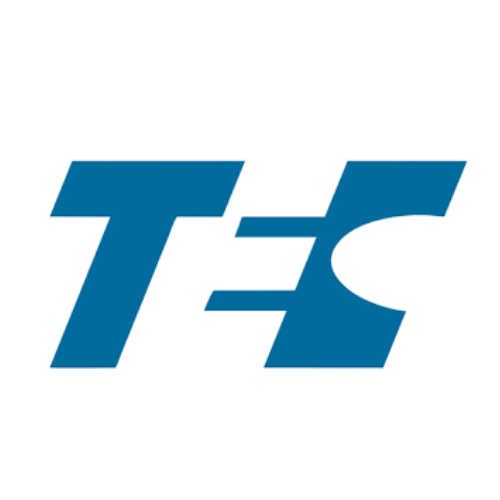 TEC
TEC
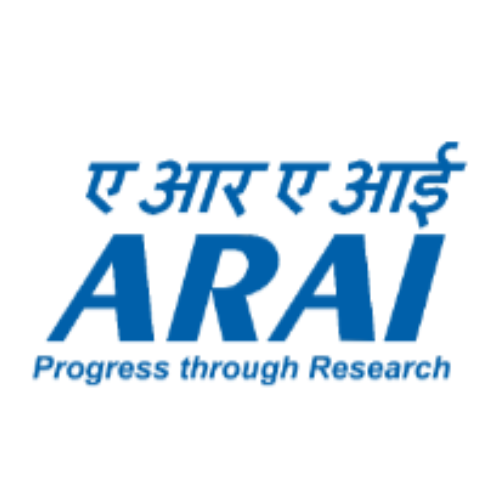 ARAI
ARAI
 BEE
BEE
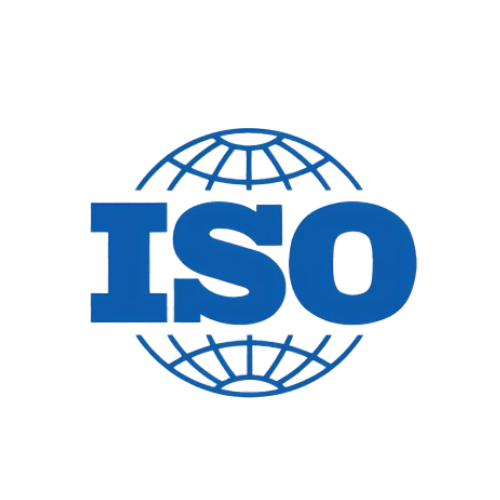 ISO Certification
ISO Certification
 Drone Registration
Drone Registration
 NOC For Steel
NOC For Steel





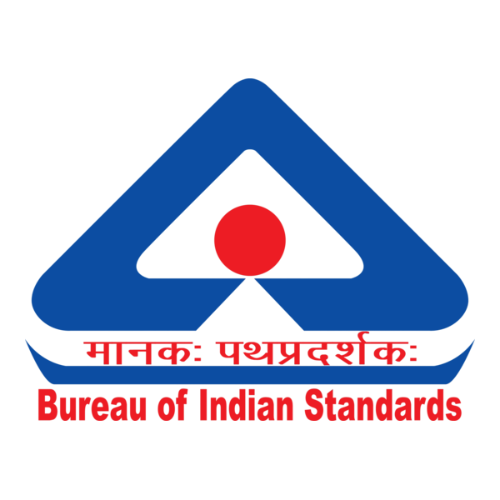

























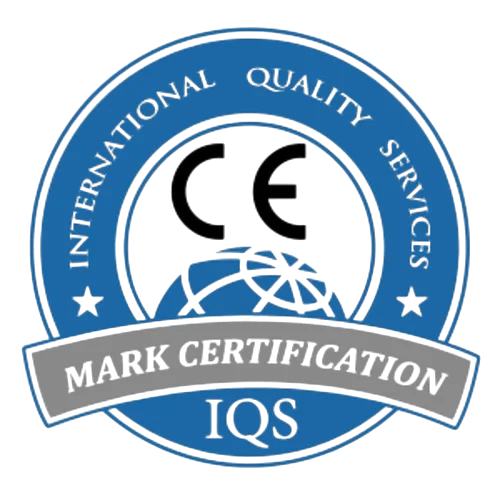






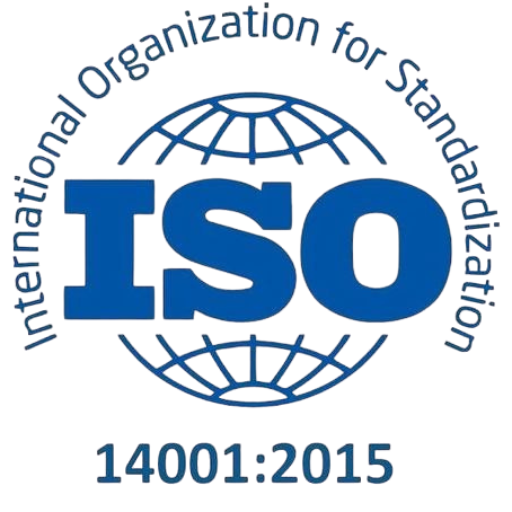
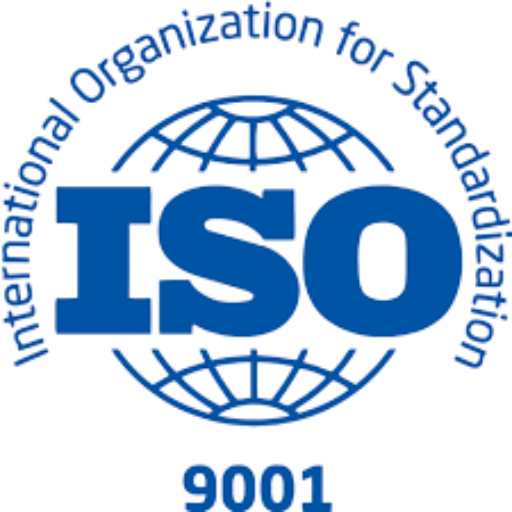
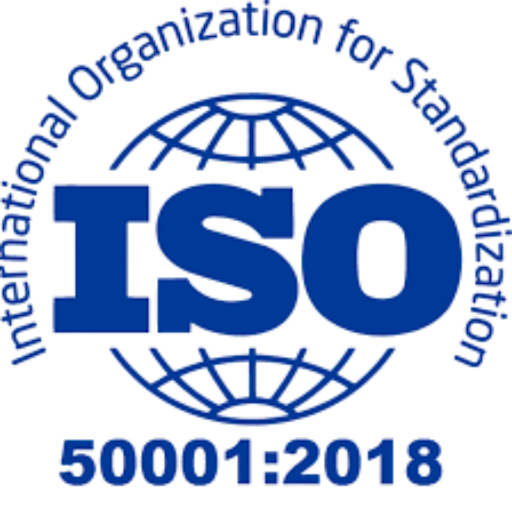
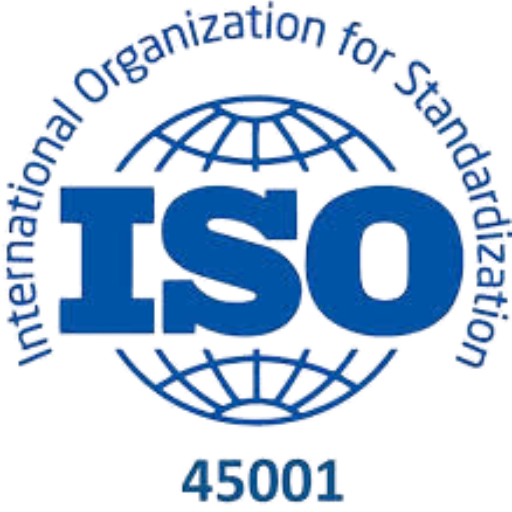
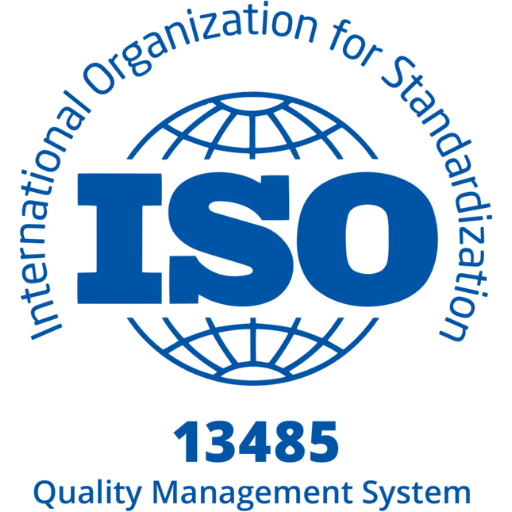
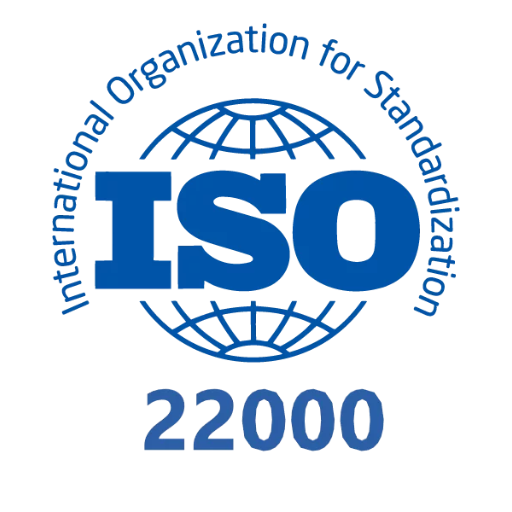
Apart from product certification, BIS is responsible for framing Indian Standards, conducting laboratory testing, and ensuring consumer protection.
Some items must be certified before they get released mysteriously made for select goods like cables, switches, cement, gas cylinders, etc.
It ensures electronic products conform to Indian Standards (IS).Covers 70+ products including laptops, phones, adapters, TVs, and batteries.
Hallmarking Certification is mandatory in India for gold and silver jewellery.The BIS 916 Hallmark confirms 22K gold purity.Silver Hallmarking is compulsory for certain grades like BIS 925.
FMCS Mark Certification is a BIS-led approval process that enables foreign manufacturers to sell regulated products in the Indian market.
It helps manufacturers build trust and create a compliance framework. It also markets to eco-conscious consumers.This guide will detail eligibility, provide information on the application procedure, and outline benefits of certification to ISO 14024.
It is governed by NABL under the Quality Council of India (QCI).Accreditation enhances trust among regulators, industries, and global partners.
The World Manufacturer Identity (WMI) is a globally recognized code used to identify vehicle manufacturers. WMI registration ensures traceability, compliance, and global brand recognition for automotive makers.
Diligence Certifications is a top-tier name in drug licensing and provides topmost service and knowledge support to all sizes of pharmaceutical companies. Our seasoned team understands the global regulations and has seen several success stories.
End-to-end certification and regulatory compliance for Indian and global markets.
 Business Registration
Business Registration







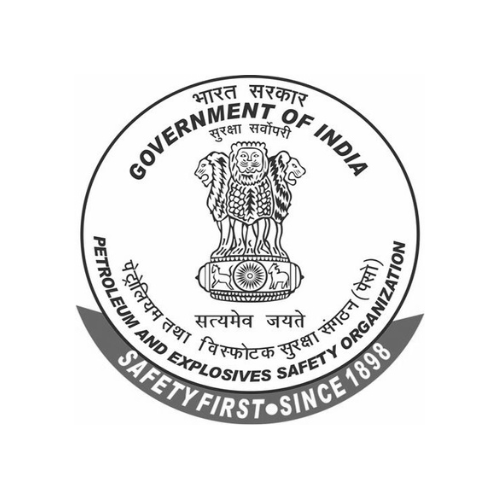










End-to-end certification and regulatory compliance for Indian and global markets.
 Legal Services
Legal Services






































A shareholder agreement is a private, binding contract between the shareholders of a company which details how the company is run, how decisions are made, how shares are owned or transferred and how disputes or exits are resolved.
Generally, it will explain the following clauses:
A shareholder’s agreement (or shareholders’ Agreement) is a binding contract between a company’s shareholders that controls the rights, obligations and relationships of the shareholders, and shareholder’s relationship with the company. The internal governance of the company is controlled by the constitutional documents of the company (such as the Memorandum or Articles of Association) and while those are public documents (as they are filed with the company registry), a shareholder agreement provides private law protections that are kept between the parties.

All of which are focused on providing protections to the shareholders, while allowing the business to operate in a seamless manner. Let’s examine the typical content.
Rights of a Shareholder
The shareholders’ agreement clause typically spells out the stakeholders’ rights more, less in terms of governance of their company. Interestingly, some rights provided to shareholders include
These rights of shareholders are important not only for accountability, but also for them to be engaged in decision-making.
Company operations can be better organized and run smoothly with the discipline established by company procedures and daily routines. As appropriate and practicable, a Shareholder Agreement clause lays out the procedures whereby the company operates and gives clarity as to how decisions are made. In developing a Shareholder’s Agreement, is it prudent to clarify not only what operations are going to be carried out, consider how to articulate the economic responsibilities of the business and the voting thresholds that bind the directors roles.
The Shareholder agreement details the policies for managing business operations organization, the delegation of authority and describes how to resolve disputes. This will likely allow for a clear stepped workflow and clarity around and process.
One of the core aspects of the shareholding agreement is detailing shareholders’ liabilities? In general, shareholders are not legally responsible for the company’s actions for anything more than what they have subscribed towards of the share capital, and to a shareholder agreement clause signals that primarily that the shareholders duties and obligations only extend to what he is supposed to contribute the difference with earlier is the unpaid portion of the shares.
When the company is limited by guarantee, the rights of a shareholder include the limitation of liability to the committed guaranteed amount which may be stated in the founding documents of the company. This notion of limited liability reinforces the company as a separate legal entity from its drivers, and separate from its shareholder’s
A modern Shareholder agreement must include protective provisions for minority shareholders to prevent oppression or mismanagement. Indian corporate law, especially after the enactment of the Companies Act, 2013, has prioritized the rights of shareholders, including those holding minority stakes.
Essential minority protections typically included in a Shareholder’s agreement clause are:
These elements should be laid out when drafting a Shareholder’s Agreement to ensure equitable treatment for all shareholders.
By incorporating such detailed sections into the Shareholder contract, companies can foster trust and transparency. The Shareholder agreement acts as the cornerstone of governance, guiding the structure, decision-making, and financial integrity of the organization while safeguarding the rights of shareholders at all levels.
Below are the major benefits:
A Shareholder’s contract has the potential to clearly lay out all the areas of authority, power, rights and responsibilities of each shareholder. It sets out who has authority and to what extent. The Shareholder contract’s clause that concerns governance distinguishes ordinary shareholders from shareholders that have more specialized rights, to help keep a healthy balance of power.
A shareholders’ agreement is valuable because it allows for flexibility with changing internal procedures and practices without having to change the core of the company’s constitutional documents. This is likely more valuable to smaller and medium sized enterprises (SMEs) that operate with speed and adaptability as an organizational principle.
A Sound Shareholder’s agreement is the most significant way to protect the rights of shareholders, particularly minority shareholders. The Shareholder contract generally contains provisions that extend rights to shareholders, which will typically include vetoes, board seats, and protections against diluting their ownership position unfairly. These rights ensconce the minority shareholder and help make sure they have a voice in key decisions.
4. Simplified Share Transfer and Purchase
Through specific Shareholder agreement clauses, the agreement can simplify the share purchase process. Both majority and minority shareholders are given equal access to purchasing shares under defined conditions. This reduces internal disputes and ensures fair treatment.
5. Enhanced Control and Management
The Shareholder agreement ensures that shareholders are not merely investors but also active contributors to the company’s growth. By defining roles and setting rules for operational control, shareholders can take part in crucial decisions.
When drafting your Shareholder’s Agreement, it’s crucial to include well drafted agreements. The objective of having clear clauses is to provide clarity, governance, and protection to shareholders. The well considered Shareholder agreement clause takes into account both the common business scenarios that are anticipated, and the unexpected. Below are some of the basic clauses normally included in a professionally drafted Shareholder agreement:
Typically, a Shareholder agreement provides the duties of the shareholders and a board. It is going to clearly define operational responsibilities, decision making authority, and how to manage the dynamics between majority and minority shareholders to alleviate confusion, and enhance accountability.
If there are vulture capitalist or big investment shareholder agreements, the Shareholder agreement would offer them special privileges such as extra board seats, or preferential voting rights or liquidation preference.
When drafting your Shareholder’s Agreement, it is also prudent to consider what potential interruptions there may be – for example, withdrawal of a shareholder, withdrawal of funding by a bank, or legitimate issues arising out of the documentation of the company.
A significant clause in a Shareholder agreement is around transferring shares between the shareholders. Generally the agreement will include:
These provisions will limit new ownership for existing shareholders, and allow the existing shareholders to maintain some control of who can then become a shareholder.
The Shareholder agreement must set out the vesting schedule for each of the shareholders as well. It will also describe what happens when a shareholder separates from the company. Essentially will the shares revert to the company when a shareholder leaves or will they be sold to someone else.
It is expected that all herbal investors will require some form of notification or assurance on the condition of assets, liabilities and so on. The clause in the Shareholder agreement as it relates to warranties will force the directors to notify accurately, which is often limited to a financial threshold or otherwise.
Including these clauses in a Shareholder’s Agreements will lead to a balanced, legally binding and fair Shareholder Agreement. Ultimately a good Shareholder agreement will protect the investor / investment and protect the rights of the shareholders and ultimately provide suitable longevity and transparency in that business relationship.
Creating a Shareholder’s Agreement is a vital legal step which needs proper planning and experienced help. At Diligence Certification we will make the process seamless to aid you in creating a legally sound Shareholder agreement that fulfills your need for rights and entitlements for shareholders while also endorsing corporate law requirements.
Here is the process with Diligence Certification to register your Shareholder’s Agreement:
Understanding your business structure and scope in the first step before commencing the process. Elucidating your needs ensures a proper listing of all materials relevant to the specific Shareholder agreement clause ensures accuracy and scope to your business model.
After contacting Diligence Certification, a legal advisor will liaise with you on behalf of Diligence Certification to collect the information required to draft a Shareholder’s Agreement.
2. Review and Collection of Key Information
Upon receiving your request, we begin by gathering all preliminary information from your end. Our experts will assess your business structure, shareholder composition, voting arrangements, transfer restrictions, and the operational roles of each party. These insights help us create a custom Shareholder contract aligned with your objectives.
3. Payment and Document Drafting
After confirming the details and receiving the initial payment, our in-house corporate lawyers initiate the process of drafting a Shareholder’s Agreement. The first draft of your Shareholder agreement will be prepared within 2–4 business days.
Once the draft is ready, it will be shared with you for feedback. If you need any modifications, you can request changes — our service includes two rounds of revisions. Our legal experts will make the necessary amendments and resend the revised Shareholder contract for your final approval.
5. Finalization and Delivery
After your approval of the final version, your custom Shareholder agreement will be professionally examined, professionally formatted, and delivered to you digitally. Our team will also advise you on its proper execution and storage.
At Diligence Certification, our objective is to simplify the legal complexities involved in drafting a Shareholder’s Agreement. We make sure that your Shareholder agreement clauses are not only legally enforceable but also protect the rights of shareholders and maintain operational transparency.
Ready to get started? Contact Diligence Certifications today to draft your professional Shareholder contract.
In order to safeguard the rights of the shareholders and for the smooth functioning of business operations, some commonly witnessed errors that should be avoided are the following.
One of the most common problems in any Shareholder agreement is the use of an ambiguous or contradictory clause. These have the potential to confuse, create disputes, and invite unnecessary litigation.
Quite an important consideration which most agreements fail to take notice of is the Capital Dividend Account (CDA)-an account from which shareholders can draw tax-free dividends. While drafting a Shareholder’s Agreement, it should be noted to address the CDA so that it remains tax-efficient and transparent for all shareholders in future.
An owner and a beneficiary being wrongly put down as the company could pose problems in capital gains exemptions. When drafting your Shareholder agreement, ensure ownership structures are carefully thought out and comply with financial regulations.
Must adequately deal with both drag along and tag along rights and are especially important for startup founders and early round investors:
Tag along rights
Allow minority shareholders to participate in a sale started by majority shareholders so that they are not excluded or deprived of liquidity.
Drag along rights
Allow majority shareholders to compel minority shareholders to sell their shares on the same terms as the majority shareholders.
If these Shareholder contract provisions are not adequately defined, there is the risk of creating an imbalance of power and costly litigation. Importantly, if properly constructed, the rights of either category of shareholders will be safeguarded regardless of relative ownership levels.
Not including buyout provisions to be enacted in the case of the shareholders death or exit, is another serious error. In the absence of clear terms, such an absence would delay the transfer of shares and cause operational disruptions.
At Diligence Certification, we focus on simplifying complex legal documents for businesses throughout India. From startups to corporations our platform is built to take the guesswork out of drafting and registering a Shareholder agreement and support will always be a click away.
We want our clients to receive accurate, compliant, and tailored shareholder agreements with no delays or confusion. When you choose Diligence Certification, you’re not just getting a document, you’re getting ongoing legal comfort.
Here are the reasons why we are a great choice:
Customized & Compliant






















It is a legal written document that outlines the rights, responsibilities, and dispute resolution mechanisms for shareholders; it is essential to ensure smooth and orderly governance and management.
Voting rights, transfer of share restrictions, dividend policies, exit mechanisms, and dispute resolution.
To vote, call a meeting, appoint directors or auditors, inspect the register (company books), and obtain copies of the financial statements.
To avoid disputes, protection of investor(s), establish controls, and provide continuity.
Tag-along rights, board seats, access to finance information, and share pre-emption rights in the Shareholders' Agreement.
Only if allowed by the shareholders' agreement, usually first refusal and lock-in clauses apply.
Common methods include Net Asset Value (NAV), Discounted Cash Flows (DCF), and Earnings Capitalization, when building a Shareholders' Agreement.

